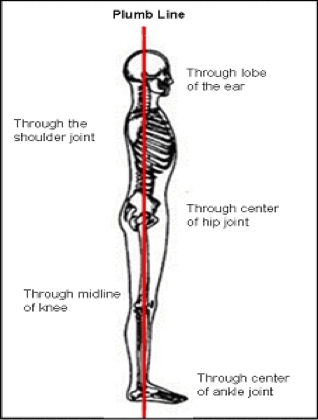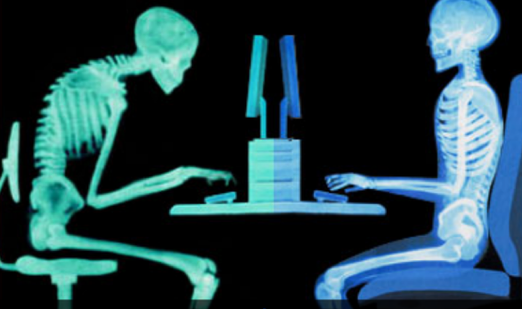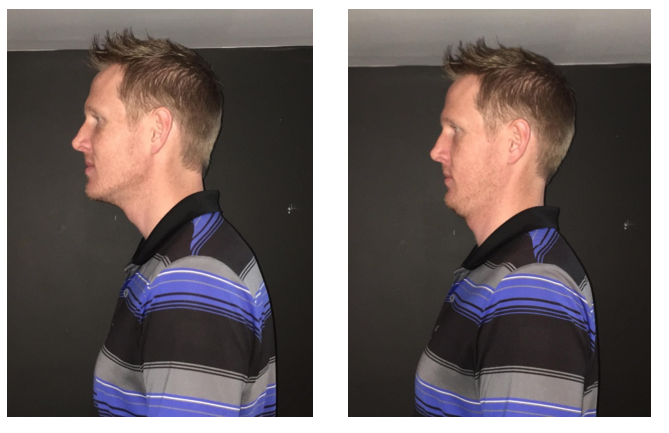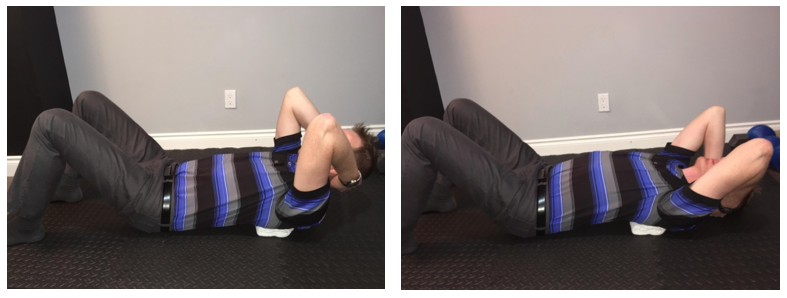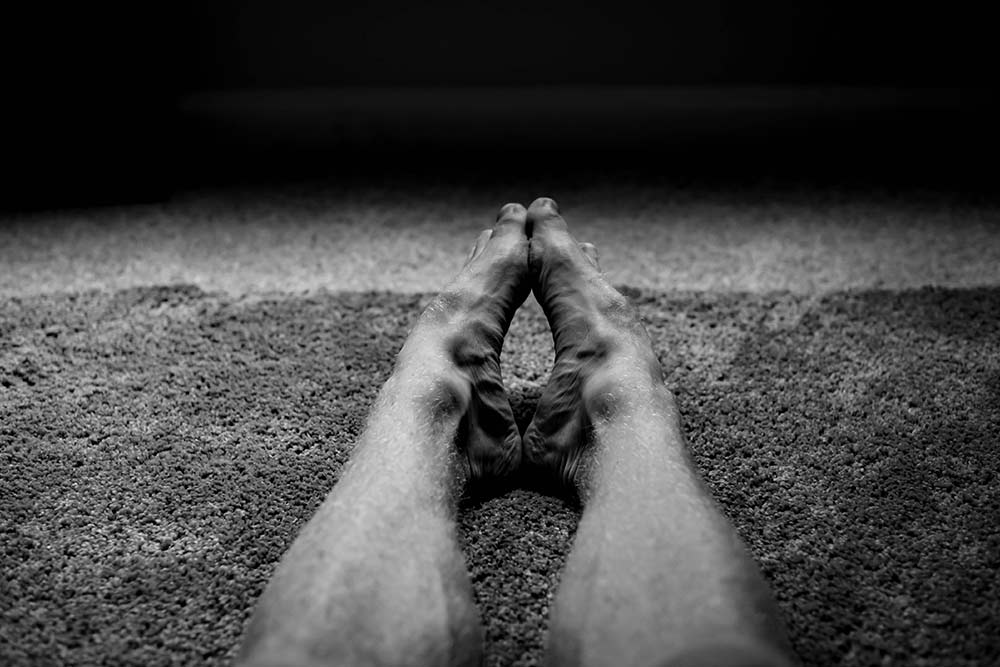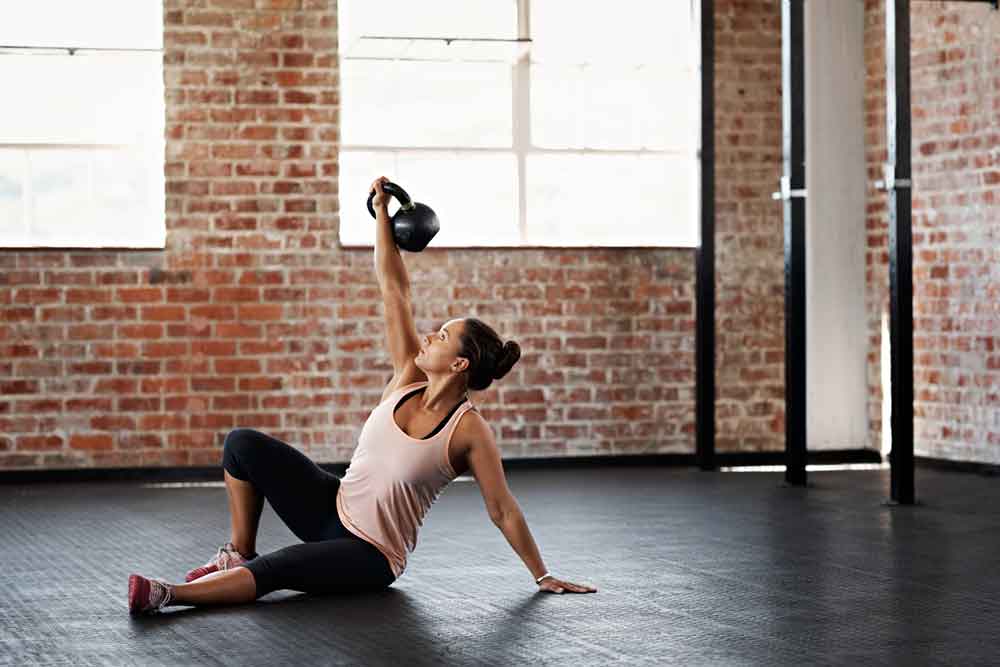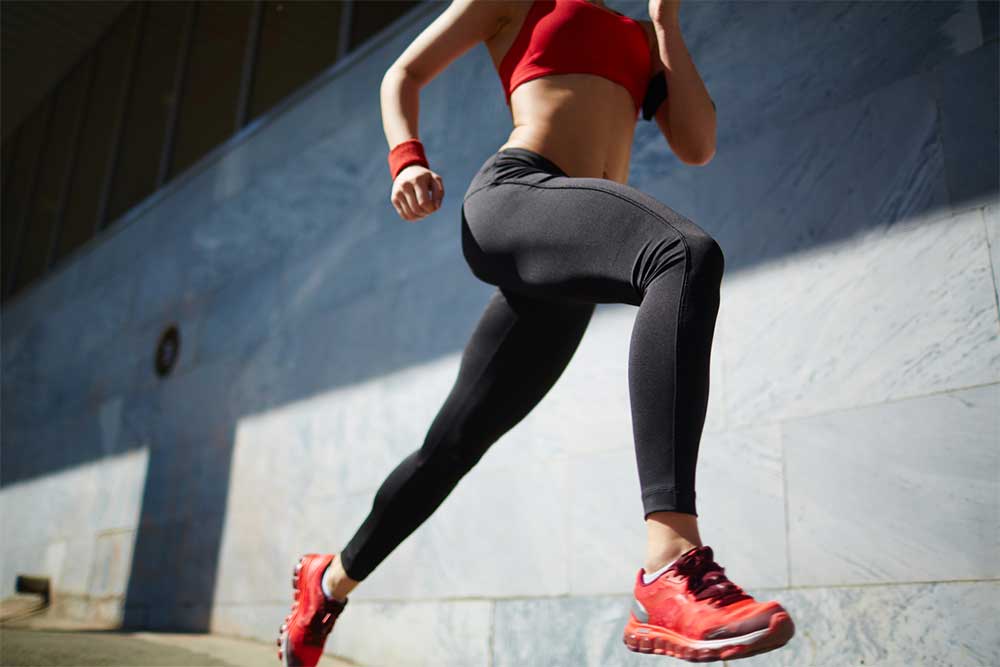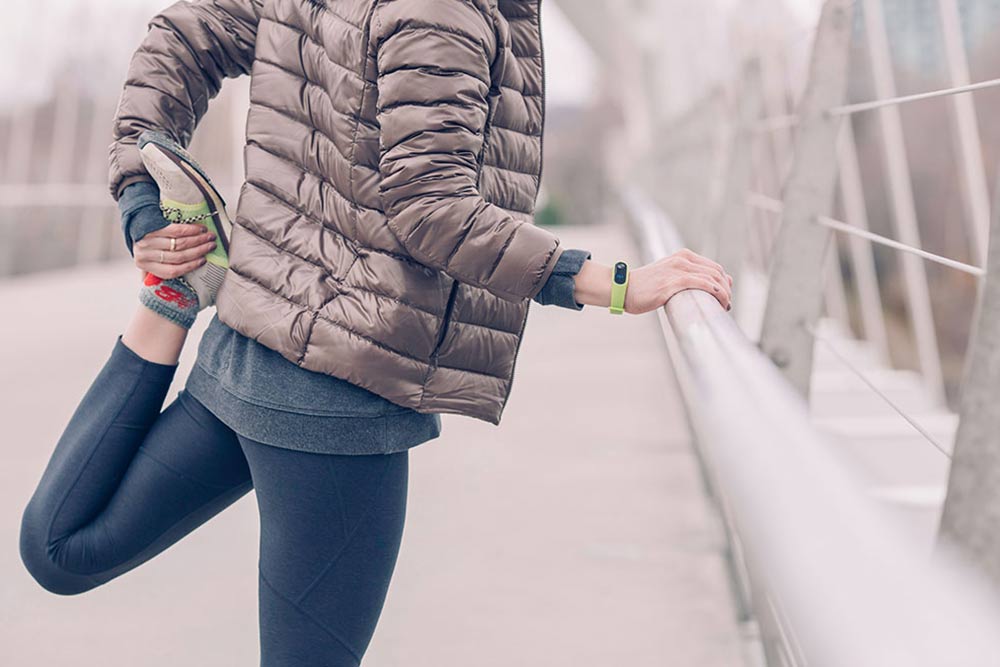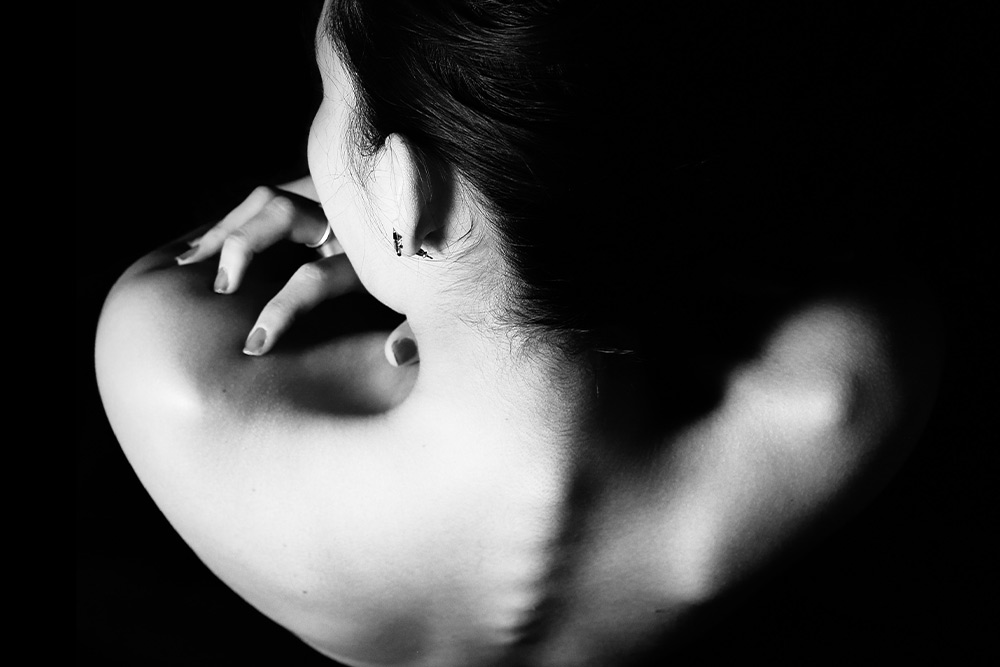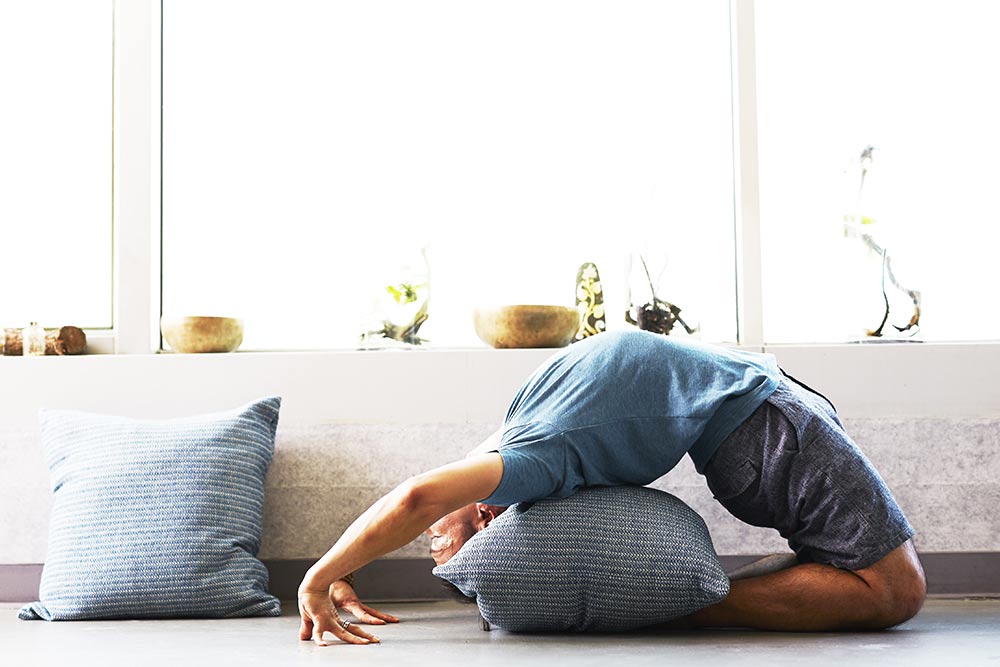The Best Posture is your NEXT Posture
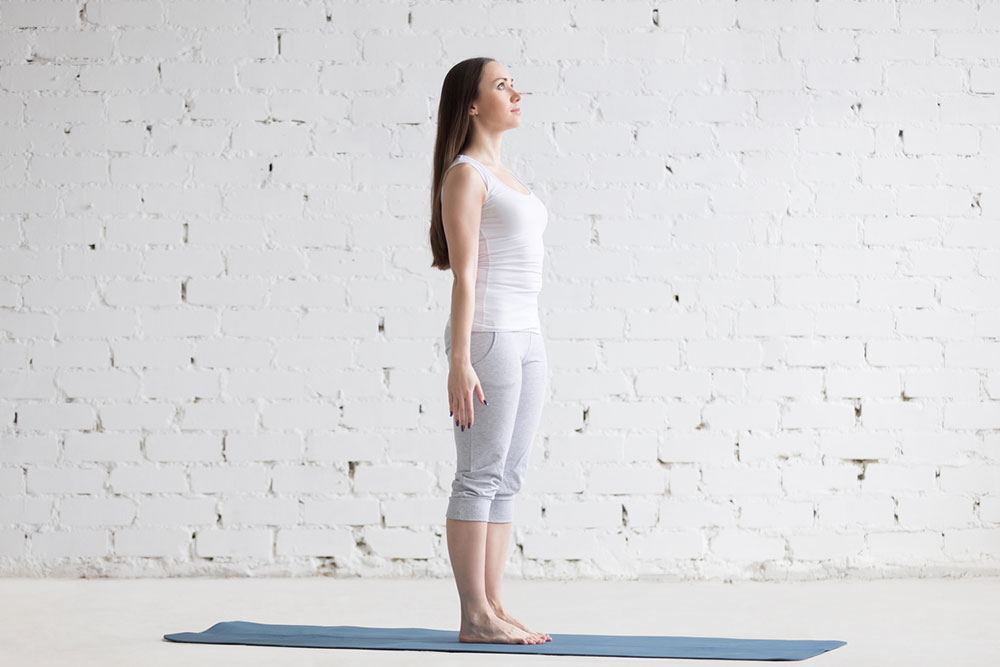
Ryan Cross, B.A. Hons (Kin), MScPT, FCAMPT
Registered Physiotherapist in Sarnia, Ontario, Canada
Growing up our parents would always say, “Sit up straight,” or “Don’t slouch!” These instructions were given so that we could avoid having bad posture. It appears that the struggle to attain that perfect posture continues as we age. The idea of a perfect posture seems very straightforward, but in reality there are many factors that influence posture and its affect on function. For example, if there is such thing as a “perfect posture,” then why do some people develop low back pain with standing and others from sitting? Instead of trying to maintain a “perfect posture,” we should be trying to avoid “prolonged postures.” The quote I like most is “the best posture is your next posture.” Understanding factors that influence posture can help avoid issues related to prolonged posture.
What is the Optimal Posture?
Body position is important for all daily functions and the postures we use can have a positive or negative influence. An optimal posture will put minimal strain on muscles, ligaments, and joints. In a static position, the body weight should be distributed so that there is normal resting muscle tone and ligament tension is in balance with gravitational forces. If we stay in one position for too long, there will be increased strain on these muscles and joints because they are forced to maintain a single position. Therefore, it is important to keep moving.
When we start to move, the body’s centre of gravity is constantly changing which requires corresponding movements to maintain the centre of gravity over the base of support. The neurological system plays an important role in coordinating these movements to maintain the upright position. As we move, there is improved blood flow to the muscles producing the movement and fluid shifting within our joints to provide joint lubrication. Optimal posture is the body position that will require minimal muscular effort to maintain a proper balance of body weight distribution and to control movement as body position changes.
Factors that Influence Posture
There are many factors that influence our posture; some are related to an injury, our activities, and others are more related to how we were put together. Mechanical and structural abnormalities (i.e. age, osteoarthritis, leg length discrepancy, or scoliosis) can promote different resting postures. Dysfunction of the neurological system can affect our ability to coordinate movements and provide muscle control. Posture is also closely related to what we do on a consistent basis; the activities we take part in and the positions we assume. Over time, our bodies get used to this pattern and this will affect the length and strength of muscles surrounding each involved joint.
Related Article: Strength As A Safety Net
Our state of mind can also play a role in our posture. Think about how people look during times of fatigue or stress. It is also important to know that we weren’t made to be perfectly symmetrical. Most of us are one side dominant, therefore, joint and muscle position can change due to this dominance. Any negative influence from these factors can be alleviated if we remember to keep moving and avoid staying in one posture for extended periods of time.
Effects of Prolonged Posture
The consequences for prolonged posture can affect different systems of the body. As we stay in one position for extended periods of time, muscles are required to sustain tension to maintain the position. This sustained tension causes muscles to lose their efficiency. This can then lead to abnormal loading of the tissues. Mechanical stress increases on the myofascial, periarticular, articular, and neurological tissues, possibly leading to pain, degenerative changes, or structural changes (i.e. muscle length versus strength imbalance). In addition, the sustained muscle activity leads to fatigue, decreased blood flow, and metabolite accumulation. This can be mitigated by getting out of one position frequently throughout the day. Unfortunately, sometimes our life and our job require us to stay in one position for extended periods.
Sitting for prolonged periods can lead to a forward head posture. Forward head posture is the head resting in front of the thorax. This will force the joints and muscles around the neck out of their resting position. As the head moves in front of the thorax, this can lead to increased thoracic spine kyphosis and rounded shoulders. These positional changes cause shortening (tight) of some muscles and weakening of other muscles because they become lengthened. Chronic dysfunction and changes in muscle length and tension can lead to neck pain, headaches, facial pain, shoulder dysfunction, and back pain.
Related Article: Strengthen Your Muscles, Strengthen Your Mind
Standing can also cause problems due to being in one position for a long time. Sometimes prolonged standing can lead to an increased lordosis. Normally, our lower backs have a natural curve to it, called the lumbar lordosis. Increased lordosis is an exaggeration of this normal curve which causes a shift of the weight to the posterior part of the vertebrae, especially the articular processes. This puts increase strain on the joints of the lower back and pelvis. Increased forward inclination of the pelvis and strain on these joints can lead to degenerative changes in the lower back, pelvis and hips. These changes also lead to muscular imbalances in this area and can be a source of low back or hip pain.
Postural Action Plan
Many people are required to stay in one position for their jobs. There are many ways to avoid the negative sequelae of some of these prolonged postures. Moving around throughout the day can get you out of poor postures. If you need to be in one position for an extended period of time, carry out stretches that make you move in the opposite direction of that prolonged position. Sitting and standing are common postures that people are forced to maintain for a large portion of their day. These tips can help you avoid issues related to prolonged positioning:
- Make sure your work station has been designed for you specifically. If you have to lean sideways, this can put an asymmetrical strain on the spine.
- Have a properly fitted chair with a back rest. Sitting without a back rest can increase compressive forces on your back due to increased hip flexor activity
- Use a lumbar roll to avoid excess low back flexion. Excessive low back flexion can put strain on the lumbar discs and contribute to poor upper body posture
- If you need to stand, try putting your foot up on a stool to off load the joints of your lower back.
- If you are required to stay in one position for extended periods, try to reverse that position and move into the opposite direction
- Stay active outside of work to keep your muscles strong and joints flexible.
Postural Exercise Plan
1) Chin Retractions
- This exercise helps to avoid forward head posture that is common with prolonged sitting and working in a flexed posture.
- Make sure you sit or stand tall as you move your chin back
- Do this exercise 10 times every hour of sitting
2) Thoracic Mobility
- Sitting also tends to cause increased flexion of the thoracic spine. This exercise can maintain motion into the extended position
- Place a rolled towel across your back. Slowly lift up and then arch over the rolled towel. Repeat 10 times and hold the extended position for 10 seconds
3) Shoulder Retraction
- Prolonged positions can cause our shoulders to become rounded forward
- To avoid rounded shoulders: squeeze your shoulder blades together, push your chest out, and reach your arms out and back as if to pour a glass of water out behind you
- Hold this position for 10 seconds and do 10 times every hour
- You can use a resistant band to increase strength in muscles that help to maintain this retracted position.
4) Posterior Pelvic Tilt
- Standing can sometimes cause an increased lumbar lordosis. A posterior pelvic tilt can help take pressure off your back and prevent an excessive lordosis.
- Rotate your pelvis back as if to “hide your tail”
- This exercise can be done in standing or lying
- Hold for 10 seconds and do 10 times every hour of standing
5) Cat Stretch
- Standing in an arched back position for extended periods can put strain on the joints of the lower back
- Moving the joints of your spine from extension to flexion helps to the joints lubricated and flexible
- Sit down on your heels to alleviate excessive lordosis
- Hold something secure and reach your hips back if you are unable to get on the floor to stretch but are looking for relief during the day
You Might Like:

